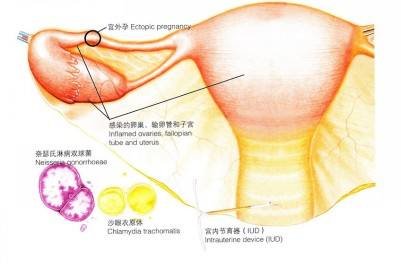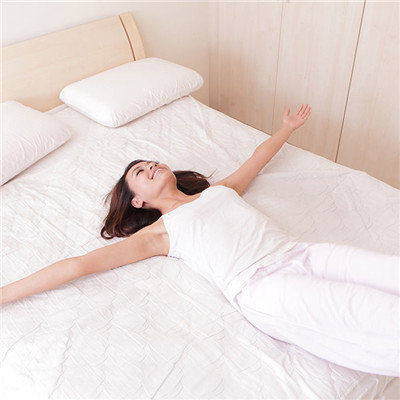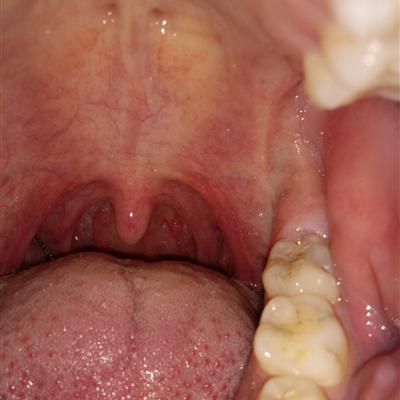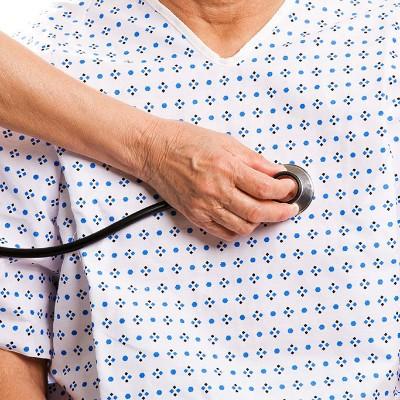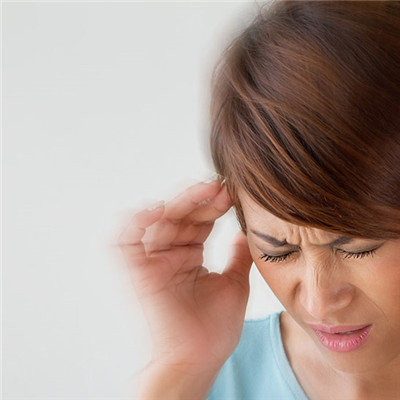Symptoms of vascular syncope
summary
Vasovagal syncope refers to the sudden and transient loss of consciousness, which is often accompanied by the decrease or disappearance of muscle tension. It lasts for several seconds to several minutes and recovers itself. Its essence is the temporary decrease of cerebral blood flow. Syncope can be caused by cardiovascular diseases, nervous system diseases and metabolic diseases, but many patients can not find the cause according to clinical history, physical examination and auxiliary examination. Vasovagal syncope is a common disease in children. So, let's talk about the symptoms of vascular syncope
Symptoms of vascular syncope
Most of the symptoms are sudden syncope when standing up or sitting up. Before the onset of the disease, there may be some aural symptoms, such as transient dizziness, inattention, pale complexion, decreased vision and hearing, nausea, vomiting, sweating, unstable standing and so on.
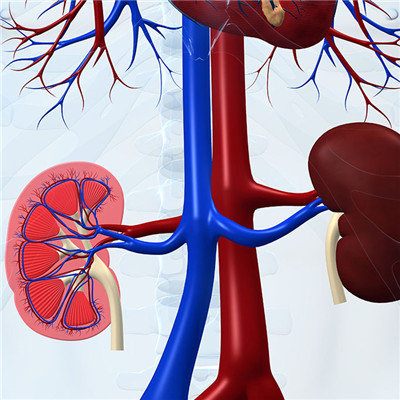
If you can be alert to this aura and lie down in time, it can be relieved or disappeared. At the beginning, the heart rate often quickens and the blood pressure can be maintained. Later, the heart rate slows down and the blood pressure gradually drops. The systolic blood pressure drops more obviously than the diastolic blood pressure, so the pulse pressure difference shrinks. When the systolic blood pressure drops to 80mmHg, the loss of consciousness may occur for several seconds or minutes. A few patients may have urinary incontinence, fatigue, dizziness and other discomfort after waking up. In severe cases, the symptoms such as forgetting, trance and headache may occur after waking up, The symptoms disappeared after 1-2 days.
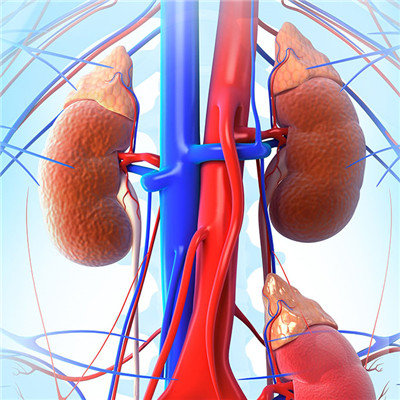
Physical examination showed signs of blood pressure drop, slow heartbeat, pupil dilation and so on. There were no positive signs in the interictal period. High temperature, poor ventilation, fatigue and various chronic diseases can induce the disease.
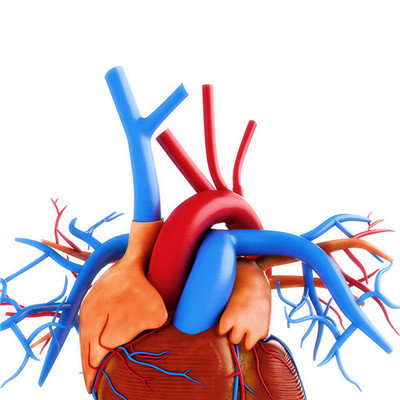
matters needing attention
The treatment of vasovagal syncope is mainly based on propaganda and education, and try to avoid the trigger factors (emotional excitement, fatigue, hunger, panic, etc.). When prodromal symptoms appear, immediately lie flat, bend and extend the arms and legs to avoid trauma. If patients are willing, they can try standing training, first standing against the wall for 5 minutes every day, gradually increasing to 15-30 minutes. The high-risk patients without prodromal symptoms should take preventive medicine.






